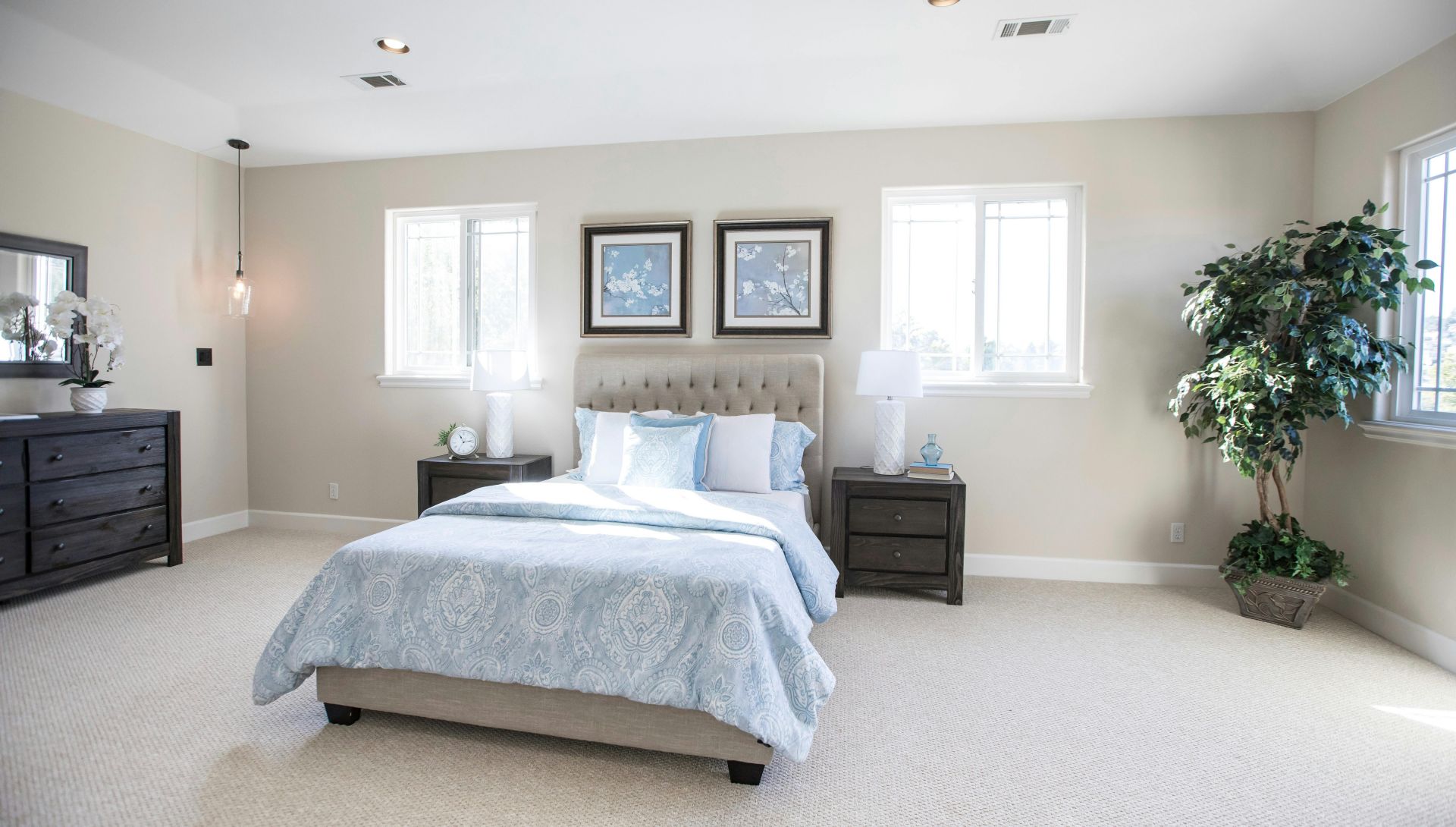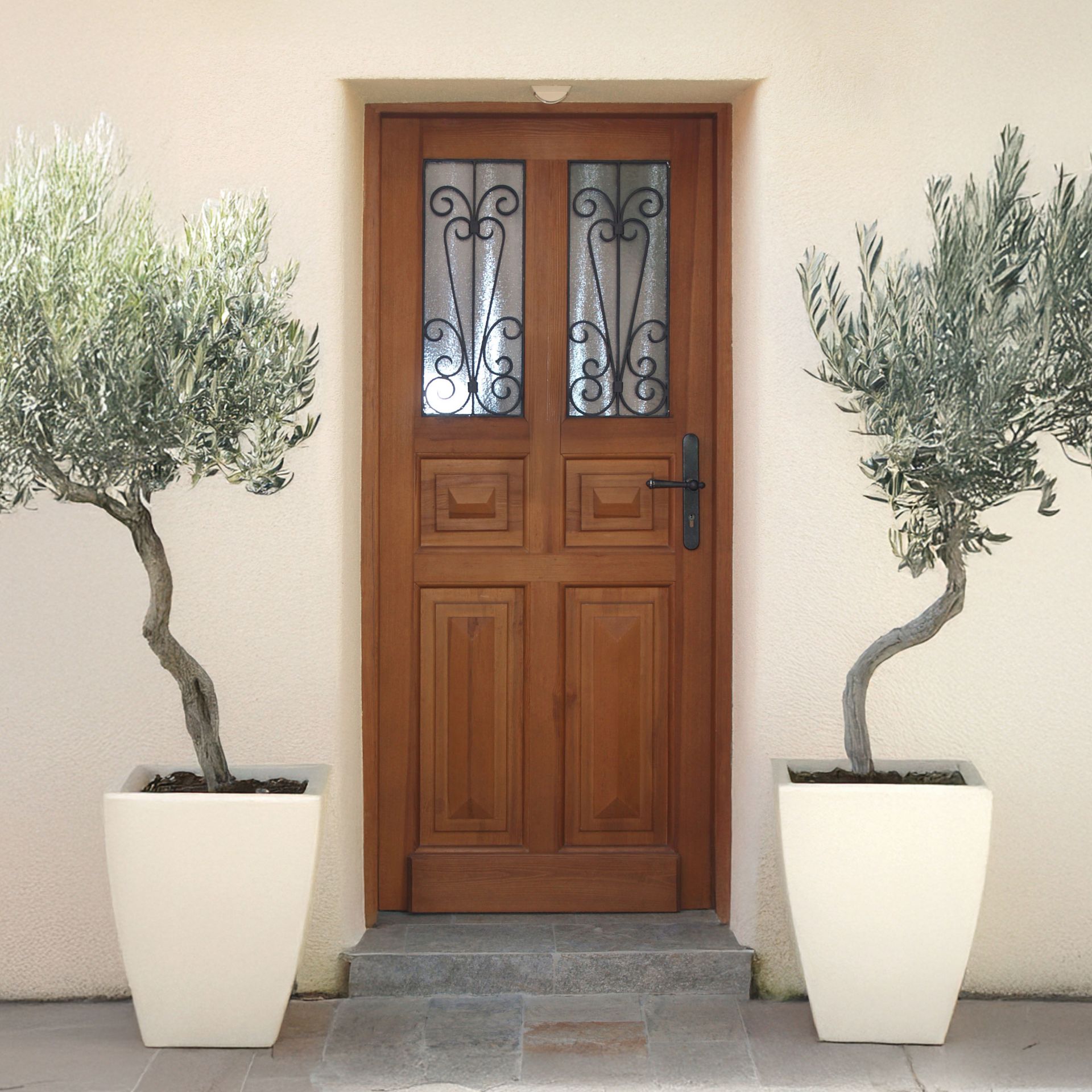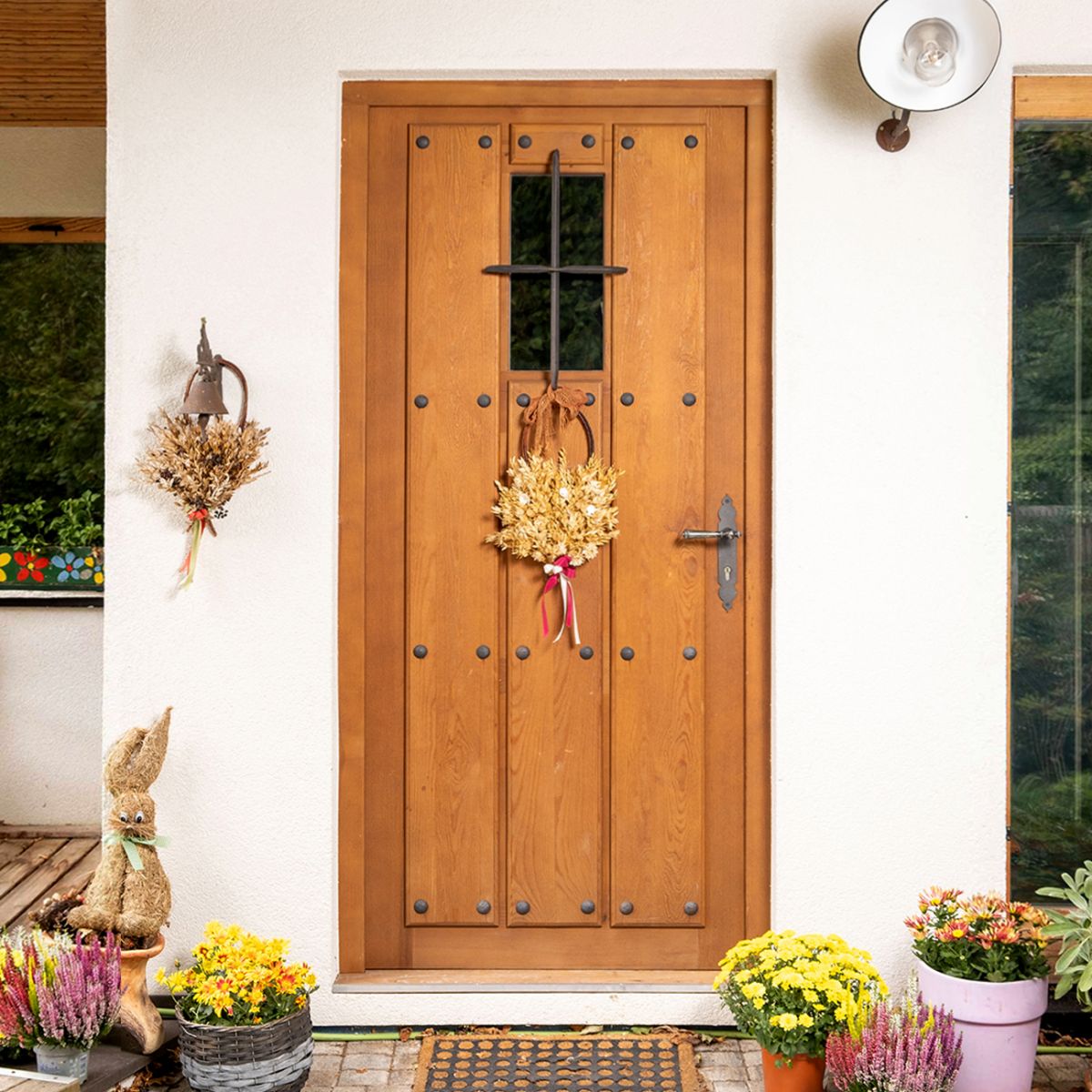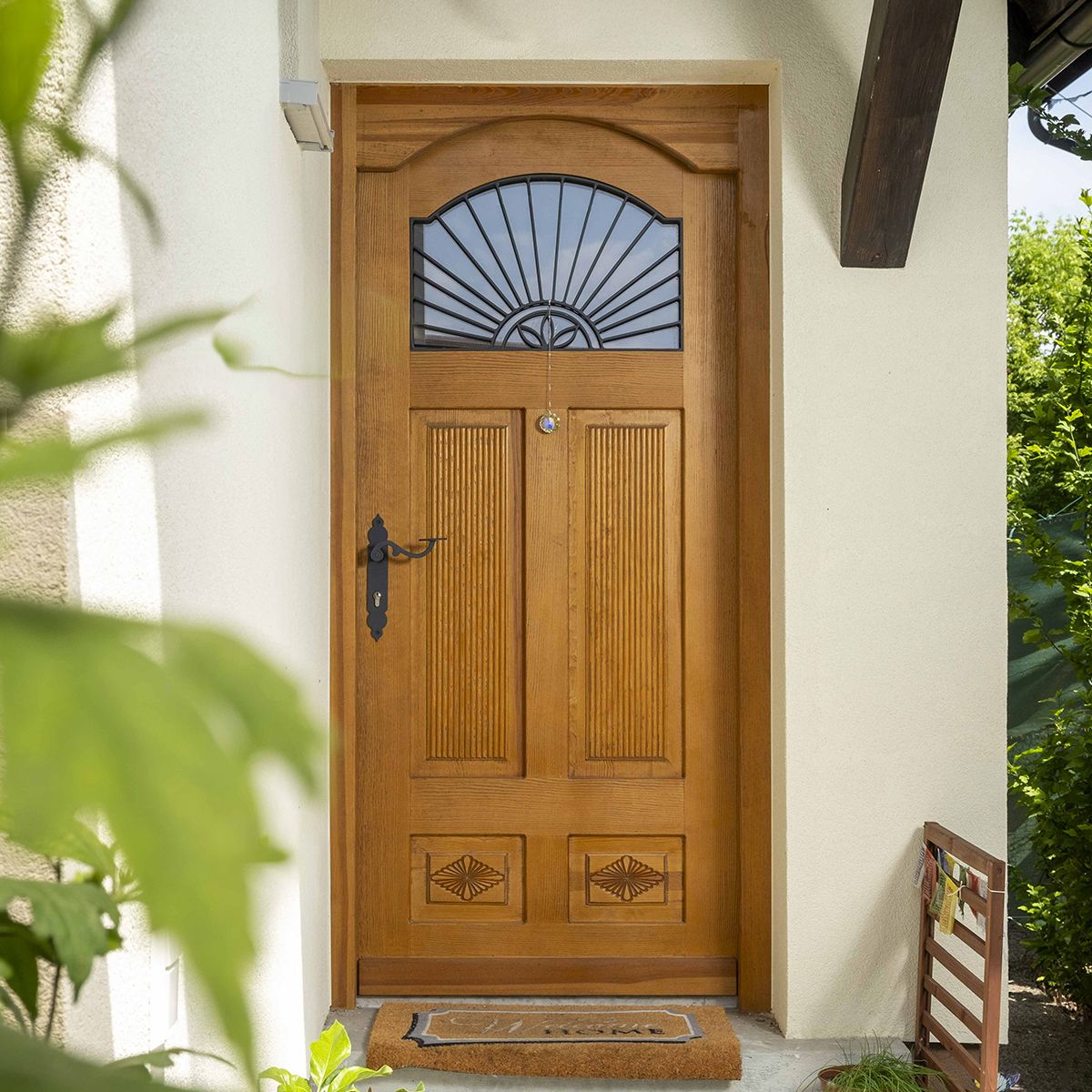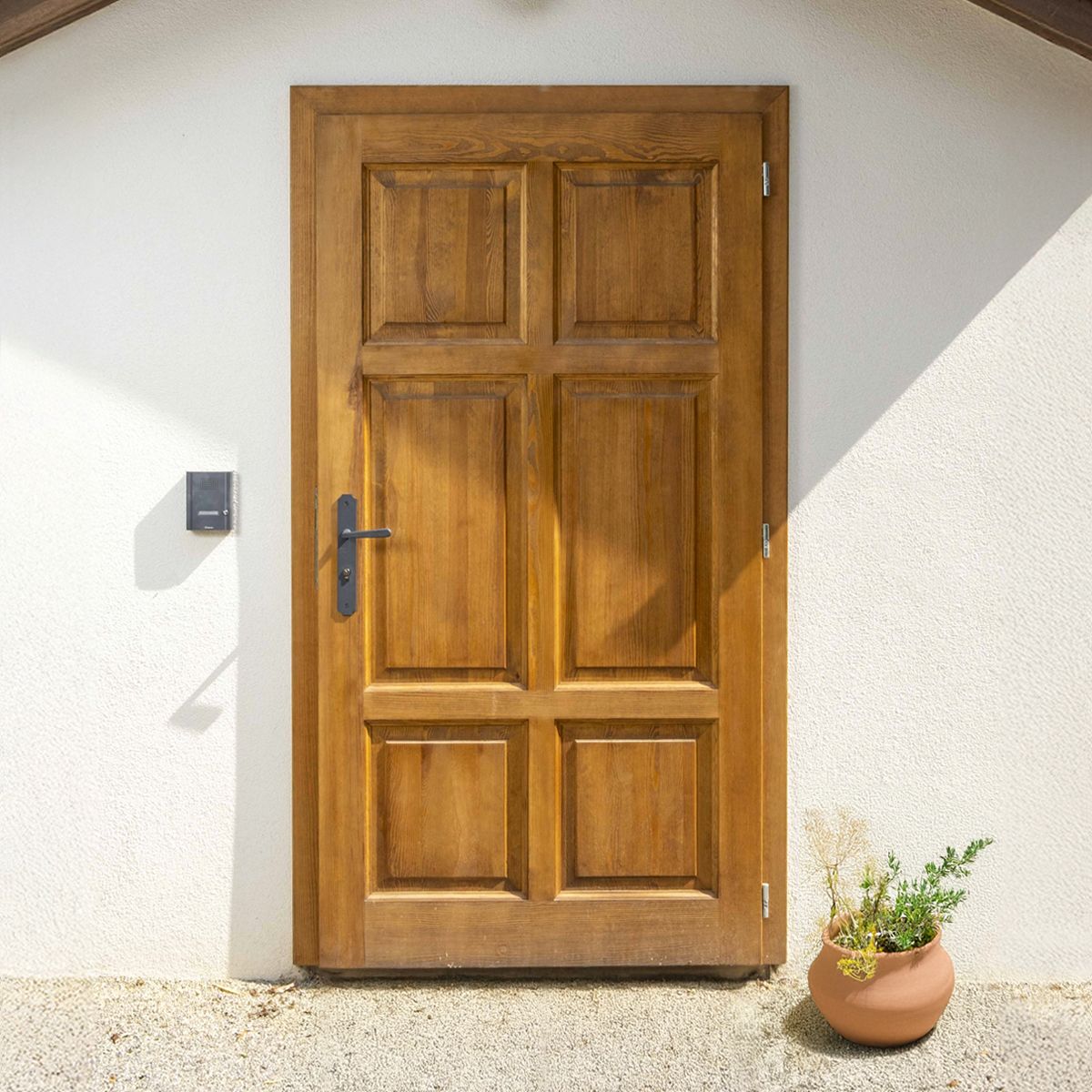The Ideal Room Layout – How to Optimise Your Living Space for Comfort and Wellbeing
15.7.2025

When designing or remodelling your home, the ideal room layout is fundamental for comfort, atmosphere, and practical living. Room sizes, daylight, window surface area, orientation towards the points of the compass, and the relationship between doors and windows all play a vital role – as do principles from Feng Shui that boost harmony and energy flow. Optimising these elements ensures your home is both functional and inviting.
Recommended Room Sizes
Room Type | Recommended Minimum Size (m²) | Ideal Range (m²) |
Living Room | 20 | 30–40 |
Dining Room | 10 | 15–20 |
Bedroom | 12 | 15–20 |
Child’s Room | 12 | 15–20 |
Kitchen | 8–10 | 10–20 |
Bathroom | 5–8 | 8–12 |
Home Office | 8 | 10–12 |
Entrance Area | 5 | 6–8 |
These values serve as a guideline, allowing for free movement, clear separation, and ample storage space.
Daylight, Windows, and Orientation
Achieving Optimum Lighting
- Natural light boosts mood, supports health, and makes rooms appear more spacious.
- Ensure the window area is at least 20–25% of the room's floor space. For example, in a 20m² room, you should plan for 4–5m² of windows.
- Tall and wide windows allow light to reach further into the room.
Window Placement and Direction
- South-facing: Ideal for living rooms and children’s rooms. They receive sun most of the day and provide warmth in winter.
- East-facing: Perfect for bedrooms, as the morning sun helps you start the day while keeping afternoons cool.
- North-facing: Suited for home offices, kitchens, and bathrooms. North windows provide steady, glare-free light.
- West-facing: Favoured for living spaces used in the afternoon, such as lounges, as they receive evening light.
Doors, Room Flow, and Comfort
- Short routes: Doors should allow for direct yet unobstructed circulation, avoiding “walk-through” rooms.
- Generous doors: Wide doors to living areas create visual lines and enhance spatial perception.
- Swing or sliding doors: These help use space efficiently and introduce versatility.
Feng Shui: Designing for Harmony
Feng Shui Best Practices
- Energy flow (Chi): Keep spaces clutter-free and align furniture so that it does not block the path between doors and windows.
- Doors and windows: Avoid positioning doors directly opposite windows to prevent energy from “escaping” too quickly. Use curtains or screens if needed.
- Bedroom basics: Place the head of your bed against a solid wall, not between a door and a window. Avoid placing mirrors opposite doors or windows.
- Colours and materials: Opt for soft, natural tones and materials – wood and plants, for example – to create a tranquil space.
Tips for the Ideal Room Layout
- Consider flexible furniture to adapt spaces to changing needs.
- Use dividers such as open shelving to create zones – especially to separate work from living areas, following the Yin & Yang principle for balance.
- Combine artificial lighting with daylight to optimise brightness, particularly in north-facing rooms.
- Choose natural materials and colours for warmth and comfort.
- Above all, adapt your floor plan to your personal habits and requirements.
Conclusion
A well-thought-out room layout, combined with strategic window and door placement, leads to a space that is both welcoming and efficient. Focus on room proportions, the right orientation, and a harmonious interaction between light, structure and energy flow. In this way, your home becomes a true place of wellbeing.
